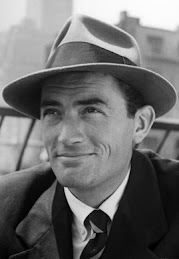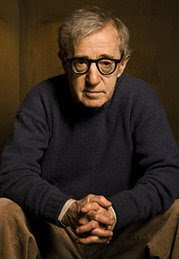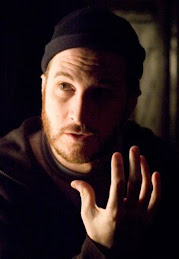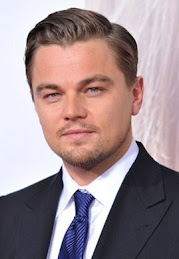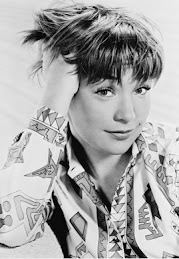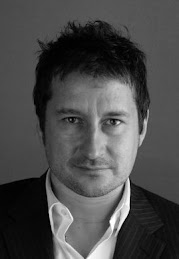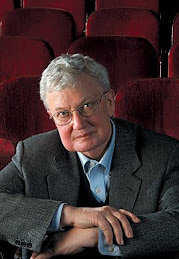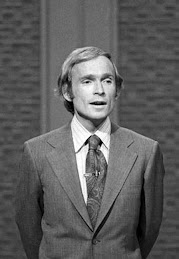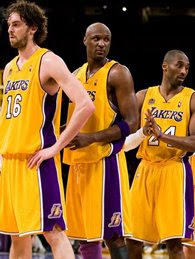Darren Aronofsky does things his own way. In this day and age, while every other filmmaker has made the switch to digital cameras, the young auteur is stepping back in time and working with Super 16mm. Black Swan (2010) is a gritty film, and a film only a young and passionate filmmaker can helm.
Black Swan is cut from the same cloth as the rest of Darren Aronofsky’s films. Darren Aronofsky is no longer writing his films, but a continuous trend in thematics that prevails in the work of auteurs seems to be occurring in his films. the characters in his films seem to be overtaken by an obsession; patterns (Pi), addiction (Requiem for a Dream), eternal love (The Fountain), and perfection (The Wrestler and Black Swan). Pi (1998), Requiem for a Dream (2000), and The Fountain (2006) are dissimilar in their style, but are all concerned with the endless search for hope. This presents us with an unofficial trilogy in terms of this specific thematic.
There was a switch in technique after The Fountain for Darren Aronofsky, who stopped writing his films and focused solely on directing with The Wrestler (2008). The Wrestler was on the other end of the spectrum in comparison to The Fountain, as Darren Aronofsky went from visually beautiful to a film that was as rough as its main character. The Wrestler and Black Swan, however, are companion pieces as they both deal with characters who use their bodies to express themselves. The characters in both films deal with very physical performances (wrestling and dancing), and are also concerned with obsession and the transition into insanity in search for perfection. In both films, Darren Aronofsky steps into unfamiliar territories in terms of the look of his film, as the handheld and tracking camera allows us to become observers, much like the documentary filmmaking of cinéma vérité films.
Black Swan centers on the life of Nina Sayers (Natalie Portman), a young ballerina who fights her way to the top through perseverance and determination. In this psychological thriller, the elements of horror come into play as we explore the inner thoughts of our main character. In a surprise turn of events, we discover that Nina is offered the role of Swan Queen in Swan Lake. The role requires Nina to play two parts; White Swan and Black Swan. This requires her to switch from the naïve and innocent girl that she is to a much more sensual and daring femme fatale. The only person standing in Nina’s way is Lily (Mila Kunis), who slowly becomes threatening in her personal and professional life. In the same way that Raging Bull (1980) was not a film about boxing, Black Swan is not a film about ballet. Black Swan is a film about a ballerina, and her deterioration over the course of the film. I find it quite amazing that I identified with a ballerina of all people this year.
Black Swan is a clever thriller and provides us with a haunting atmosphere, as we move into a world full obsession and hallucination. In the beginning of the film, we begin understanding Nina’s ambitions and goals, and her search for perfection. Black Swan raises the question of whether perfection is a realistic and attainable goal, and when we pass the line and lose ourselves to insanity. Darren Aronofsky manages to skillfully blur the line between reality and fantasy. The style of the film and its constant use of handheld tracking shots in the film effectively place us in the mind of the main character, as we have a hard time distinguishing between reality and fantasy.

Matthew Libatique picks up where Maryse Alberti left off with The Wrestler. In fact, the final shot of both films mimic each other. The characters take a final leap; Randy jumps from the bars of the ring as Nina jumps off the stairs. This further presents us with the idea of both films acting as companion pieces. In The Wrestler, the handheld camera and frequent tracking shots placed us in the world of wrestling, as we felt like we were in the ring with the characters. In Black Swan, the cinematography is much more sophisticated, as we spend most of our time looking at the back of our main character’s head, following her in her house, at rehearsals, and everywhere in between. There are numerous abrupt cuts, as well as match cuts, which are stylistically beautiful and thematically effective.
The elements of paranoia are also represented through the use of mirrors, which serve as unreliable determinants of whether what is taking place is actual real. The mirror in Nina’s house resembles a broken mirror, full of reflective angles, projecting a sense of her schizophrenic personality. The use of these mirrors, in her home and workplace, also hints at the possibility of a doppelganger (Lily). In fact, the first time Nina and Lily meet are in a bathroom, as we view their conversation through a mirror. In the course of their conversation, the two characters blend together through their reflection in the mirror. This emphasizes the possibility that Lily is in Nina’s mind, and that their personalities will eventually combine in the film. The cinematography of the film also allows us to experience her paranoia, because our own minds continue to race as we attempt to distinguish reality from fantasy.

Clint Mansell, who has been Darren Aronofsky's leading composer since Pi, presents us with a haunting rendition and adaptation of Pyotr Ilyich Tchaikovsky's Swan Lake. The final act of the film is frightening, as the music and cinematography work together harmoniously. Darren Aronofsky turns the film from a physiological thriller into his very own operatic ballet, as we witness the metaphorical and physical transformation of our main character into the Black Swan. In the same way that Darren Aronofsky adopted macro photography to create the visual world of The Fountain, the young filmmaker cleverly and efficiently uses CGI to create this stunning and horrific transformation.
Black Swan is a haunting experience, and will terrify those who strive for perfection. Darren Aronofsky questions the desire for perfection, and the price that we ultimately pay for striving to reach perfection. The final moments of the film are harrowing, as the young and beautiful ballerina speaks her final line as she lays in a pool of blood, after her search for perfection. The final line of the film is "I was perfect" and emphasizes that she paid the ultimate price to reach her goal. In fact, at this point of the film, her story became mine, and I was feeling my own search for perfection come to life. I felt like she was speaking for me, as I put myself into the film and heard my own thoughts on the big screen.






























